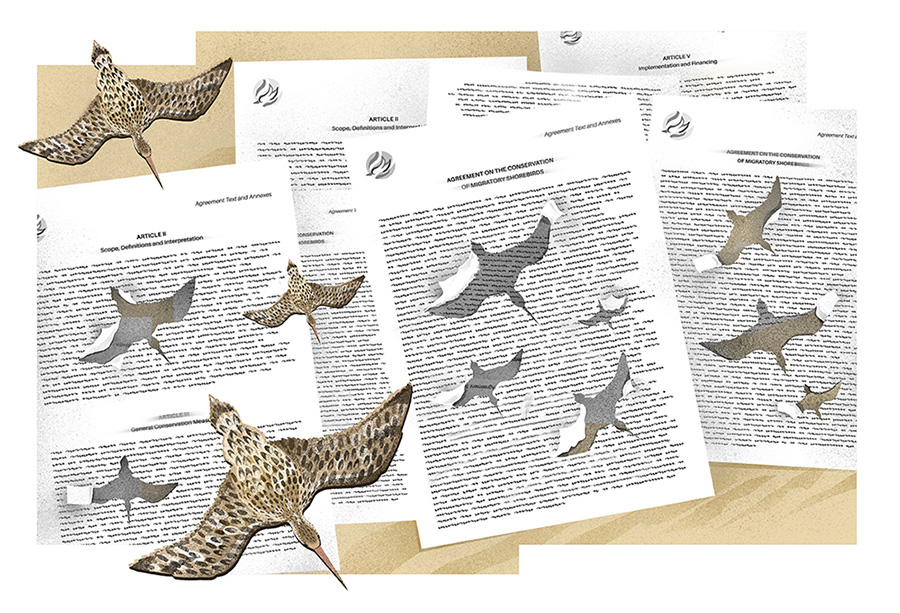Land is used by people in all kinds of different ways. Sometimes we cut down the trees found on it to make timber, other times we grow food on it, and relatively less of the time, we assign it a protection status that prevents it from being used to produce timber or food. We know that the ways we chose to use or protect land affect the types of resources we can access and activities we can do on that land, but the consequences of land management choices do not stop there. Land use and protection also affect the freshwater streams embedded in landscapes.
Streams are the lifeline of rivers and lakes around the world – they are the nursery habitat of numerous species that later move into these larger freshwater systems, they supply them with water that then travels thousands of kilometres across landscapes. Streams also contribute to human well-being in all kinds of ways – they provide us with potable water, they move nutrients we rely on from one place to the next and are places we can go to recreate. These different contributions nature makes to people are called ecosystem services, and streams and the land around them – the riparian zone – can provide lots of these.

Researchers in Canada spent two months visiting different streams across the province Quebec to find out exactly how land use and protection affect the ecosystem services provided by streams and biodiversity they support. They visited streams surrounded by agriculture and forestry, and streams surrounded by intact forests that were or were not in National Parks. Turns out, all of these streams did an equally good job at supporting wild foods and areas to recreate, and they had similar amounts of little aquatic insects living in them.
However, streams surrounded by landscapes dedicated to the production of resources like timber and food tended to have less clean water, store less carbon, have lesser habitat quality, and lower tree diversity than those surrounded by forests. This work shows how streams surrounded by all kinds of different land, protected or not, provide numerous ecosystem services and support biodiversity, but the ways we decide to use land affect the conservation of some of those benefits and the species found there. We need to be considering these effects when we decide to develop land to collect resources like timber and food, or leave its forests intact, because it matters to streams and everything they are connected to, including us.
Further Reading:
Hanna, D.E.L., Raudsepp-Hearne, C. & Bennett, E.M. (2019) Effects of land use, cover, and protection on stream and riparian ecosystem services and biodiversity. Conservation Biology. Accepted Article available via: https://onlinelibrary.wiley.com/doi/10.1111/cobi.13348






